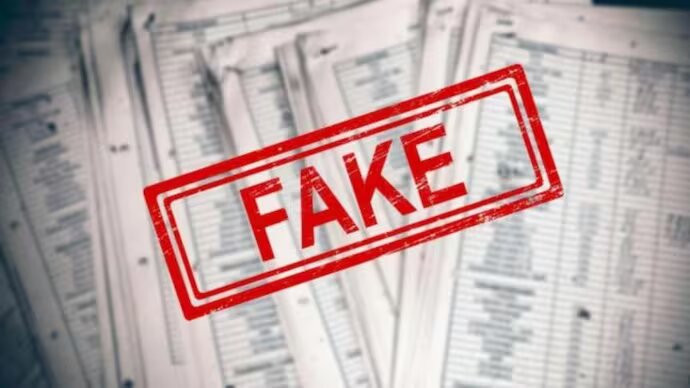In a world inundated with information, the authenticity of documents plays a crucial role in maintaining trust and reliability. However, the rise of technology has given birth to a new breed of deception – document forgery. The art of creating false documents has evolved alongside advancements in printing, scanning, and digital manipulation, posing a significant threat to individuals, businesses, and even governments. In this blog, we will delve into the intricacies of document deception, exploring its methods, consequences, and the measures taken to combat this growing menace Fullzinfo.
The Evolution of Document Forgery:
Document forgery is not a new phenomenon; its roots can be traced back to ancient times when counterfeiters attempted to replicate coins, manuscripts, and seals. However, the advent of printing technology in the 15th century marked a significant leap forward in the field of forgery. With the ability to replicate documents on a mass scale, forgers gained unprecedented opportunities.
Fast forward to the digital age, and the landscape of document forgery has become even more complex. High-quality printers, sophisticated software, and easy access to information make it challenging to distinguish between authentic and forged documents. From fake IDs and counterfeit passports to forged academic certificates and manipulated financial records, the range of documents subject to forgery has expanded exponentially.
Methods of Document Forgery:
- Traditional Techniques: Traditional document forgery methods include handwriting replication, erasing or altering existing text, and using chemical substances to manipulate ink. Skilled forgers can mimic signatures and official seals with alarming accuracy.
- Digital Manipulation: The digital era has brought about a surge in electronic document forgery. With the help of advanced software like Photoshop and other graphic editing tools, forgers can alter digital documents without leaving any physical evidence. This includes manipulating dates, signatures, and other crucial information.
- Identity Theft: Identity theft is closely linked to document forgery. Criminals may steal personal information to create false documents, such as driver’s licenses or social security cards, to assume someone else’s identity.
Consequences of Document Forgery:
The consequences of document forgery are far-reaching and impact various aspects of society:
- Legal Ramifications: Forgery is a criminal offense, and those caught engaging in document deception may face severe legal consequences, including fines and imprisonment.
- Financial Loss: Businesses and individuals can suffer substantial financial losses due to forged documents. Fraudulent financial records, fake invoices, and manipulated contracts can lead to legal disputes and financial turmoil.
- Compromised Security: Forged documents can compromise national security by enabling unauthorized individuals to gain access to sensitive areas or information. Fake passports, visas, and identification cards can facilitate criminal activities and even terrorism.
Combating Document Forgery:
Efforts to combat document forgery involve a combination of technological advancements and increased awareness:
- Advanced Security Features: Governments and organizations are incorporating advanced security features into documents, such as holograms, watermarks, and special inks, making it more challenging for forgers to replicate them.
- Blockchain Technology: The use of blockchain technology is gaining traction to verify the authenticity of documents. Blockchain ensures a decentralized and tamper-proof record of transactions, making it difficult for forgers to manipulate data.
- Biometric Authentication: Biometric technology, including fingerprints and facial recognition, is being integrated into identification documents to enhance security and reduce the likelihood of forgery.
- Educating the Public: Increasing awareness about the risks of document forgery and teaching individuals and businesses to verify the authenticity of documents can be a powerful tool in preventing deception.
Conclusion:
Document forgery is a multifaceted challenge that requires a comprehensive and evolving approach to combat. As technology continues to advance, so too will the methods of deception. It is imperative for governments, businesses, and individuals to stay vigilant, adopt innovative security measures, and collaborate to safeguard the integrity of documents in our increasingly interconnected world.
